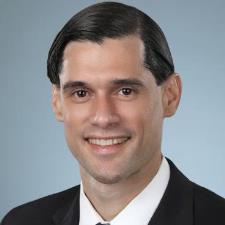
Stanton D. answered • 12/18/19
Tutor to Pique Your Sciences Interest
Hi Anthony G.,
Consider the "fine print" on that claim of 60-70% maximal heartrate as premium for fat burn. It's undoubtedly what's considered healthy for sustainable exercise, after you substantially deplete your glycogen. In light of this, calories you ingest after such an exercise bout will restock your glycogens ("carbohydrate loading"), first, before they are applied to making fat.
Your body is quite methodical (in the absence of any drugs, etc. which temporarily block major metabolic pathways, not a very good choice!) in how it sources its energy.
In order, it uses: ATP, creatine phosphate, intracellular glucose, extracellular glucose, muscle glycogen (local source), liver glycogen, fat, and muscle protein.
That doesn't mean it can't draw on multiple sources, if it detects the need, just that that is the expected general order of use, and cascade of energy supply (during exercise).
Also, not all of your body stores of a particular source are necessarily expended before the next source is broached -- a certain amount of fat surrounding your kidneys, for example, is vital and loss thereof indicates imminent death by starvation, and you don't ever draw blood glucose down to zero even at maximal prolonged exertion (there are other things in your body than just your muscles to power!). Also a point to consider is that your heart muscle prefers to run on fatty acids (supplied from fatty tissues on demand, but I'm not sure whether the hydrolysis to fatty acids is done by the fatty tissues or by the liver), although it can run on glucose if driven to it.
Hope that gives you a perspective,
-- Cheers, -- Mr. d.




